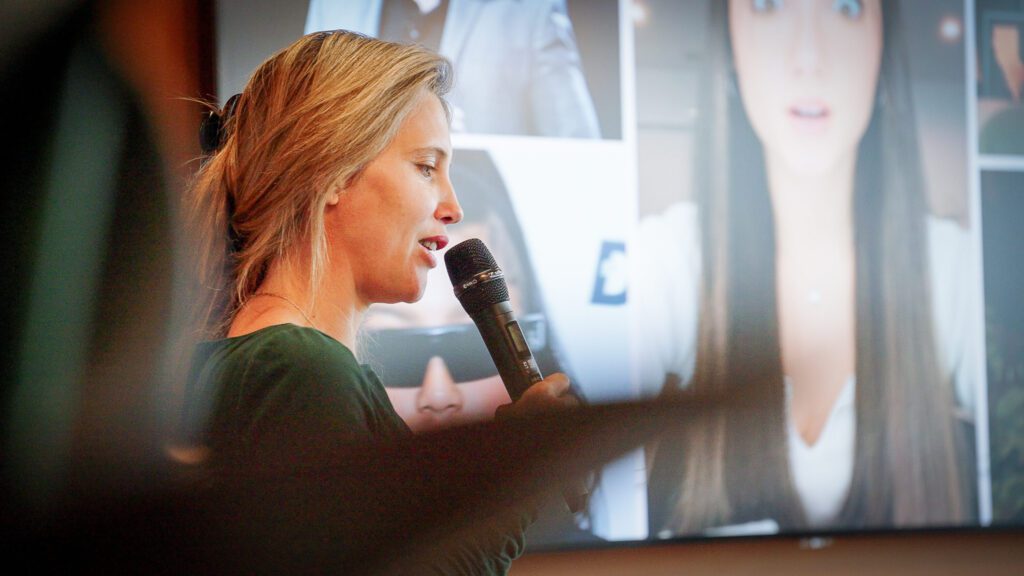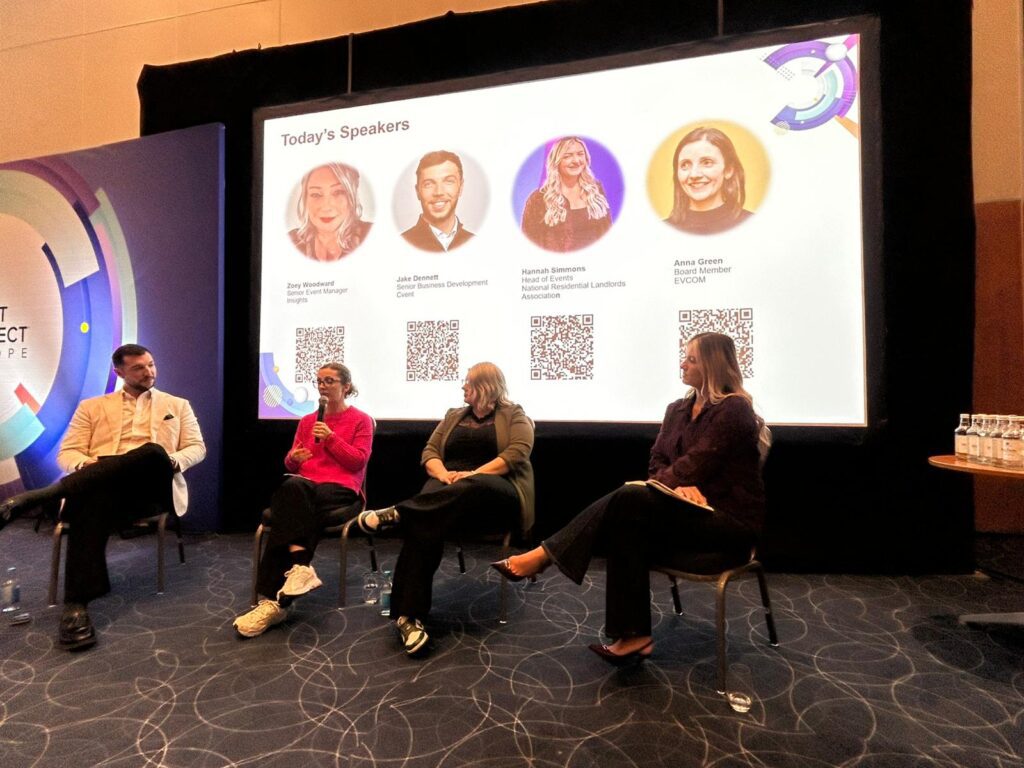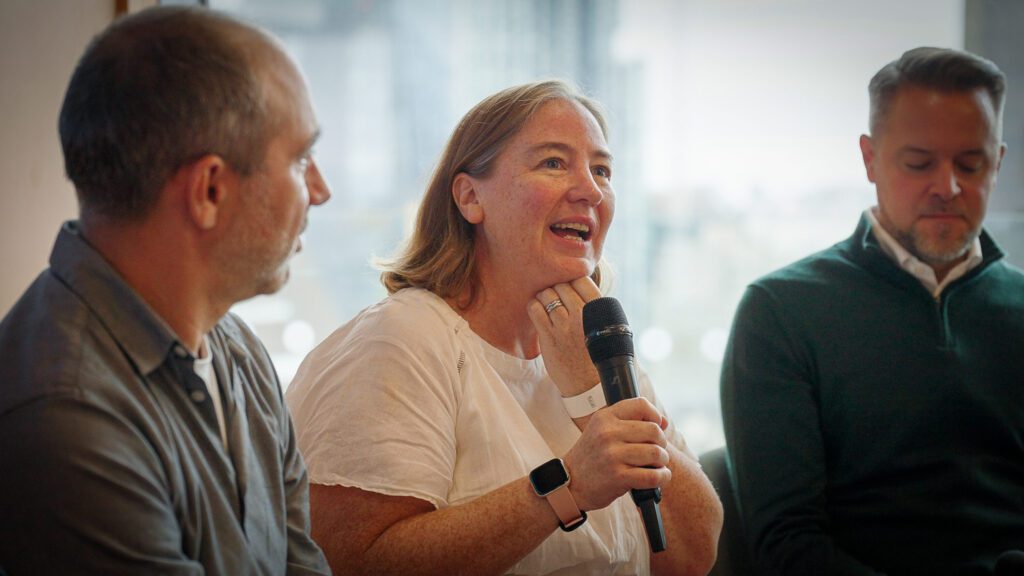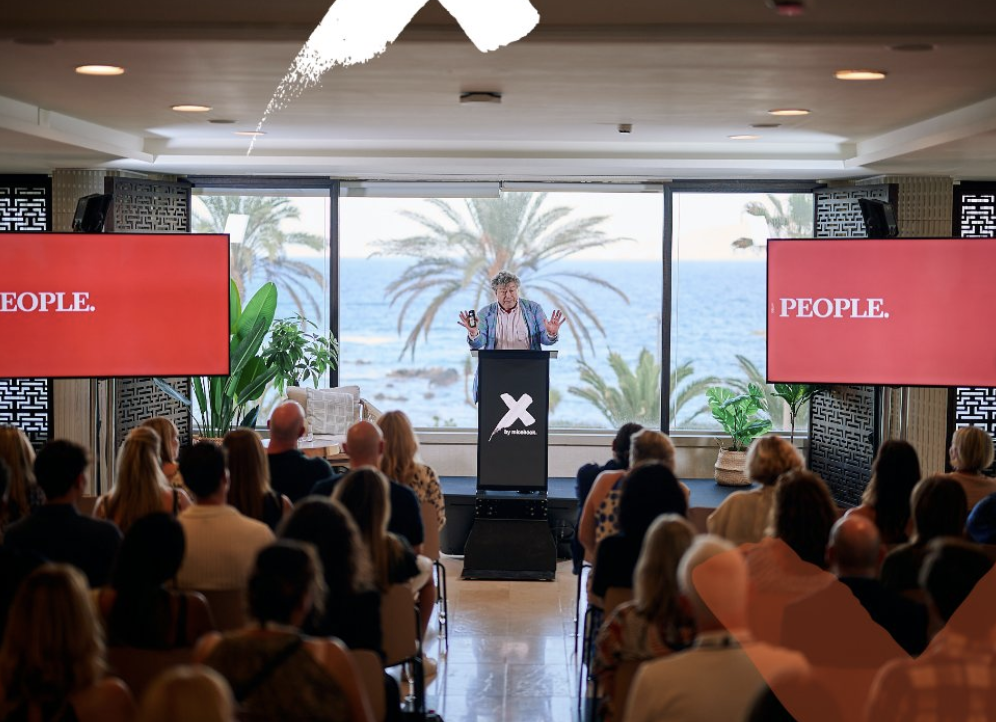B. Inspired: Engage and Lead Through Change
How To Engage Gen Z In Communications

New generations, a new era for the workplace. Is your communications strategy prepared?
At Broadsword’s B. Inspired: Engage & Lead Through Change event in London, communications leaders explored what the future of the workplace looks like. Chloe Combi, Futurist and leading next-gen expert, set the scene in an opening keynote saying “for the first time in human history, we are potentially going to have five generations together in an office” – that’s a potential variation of 40 – 50 years.
Today’s communications professionals are tasked with creating messages that resonate across an increasingly complex audience:
Baby Boomers (1946-1964) .
Generation X (1965-1980)
Millennials (1981-1996)
Generation Z (1997-2012)
Generation Alpha (2013-2024)
Spotlight on Generation Z and A: digital natives and entrepreneurs:
In the generation where TikTok stars have risen to gain more new media power than major news channels combined, it’s no surprise that new generations are using social media to shape their views and expectations of work, giving rise to the entrepreneurial spirit of Gen Alpha (2010-2024).
These generations expect tangible benefits and, despite the myth that all Gen Z want to be working from home, they are excited by opportunities to be in person if there are inspiring experiences and mentorship on offer.
Next Gen are veering away from broadcast communications and the fight for followers, and opting instead for privacy and community, with Snapchat emerging as the number one social media app amongst Gen A. The reality is that inside this group and outside of it, people want to be connected emotionally and via physical spaces. Whether because experiential looks good on socials or, on the flip side, that time away from screens is driving the search for economically accessible experiences, this demand has audiences even flocking to Sephora store openings. Combi took this theory to the audience, asking who would choose tickets to their favourite artists’ gig over a pair of the latest AI goggles … the answer was everyone in the audience. Ultimately, communications professionals that can offer defining and memorable experiences should be utilising this.
Another panellist, Global Graduate Development Manager, Paul Haynes joined us to explore what these generational differences mean in practice and how to create campaigns that resonate with dynamic audience.
The expectations from early career talent is often “what’s the next step?”. Grads are expecting clear pathways and development opportunities and progression from the get-go. This has led to potentially low retention in the long term and is shaping meaningful onboarding experiences that are designed to build real skills and offer mentorship, bespoke learning, and challenges to facilitate this progression.
An International Innovation Project made in collaboration with Broadsword – a virtual event where different markets came together hit all the high notes for these reasons. It provided the opportunity for graduates to learn real skills and in an epic finale, had the opportunity to present to senior executives. Making it an event worth attending was the top priority, with a live audience tuning in to watch and hosts and contestants made into avatars. The deeper purpose of the event was fulfilled and beyond training, it resonated with the audience.
How to navigate generational challenges:
Intergenerational teams work: One common mistake is choosing to lump together those in closer age groups rather than mixing generations to find the best mentoes. Chloe emphasised the compatibility between Gen Z with Gen X, leading to greater harmony, productivity, and opportunities for mentorship – with Gen Z expecting that seniors also model the demands made on them.
Flexibility over rigid structures: 3/4 employees now work in some form of hybrid or remote workplace (Gallup) but 70% of employees are most engaged at work by their line manager, so in this hybrid world of work how do you provide meaningful connection? Flexibility means something different for different employees, so knowing your people is key to creating more impactful in person experiences.
New language, same challenges: Gen Z can often be mistaken as ‘too woke’ and neurodiversity and mental health considerations labelled as a ‘new’ challenge. Creating inclusive environments simply means making the space for individuals to belong, for example, acknowledging that working parents often need flexibility. . There comes a point when every worker feels stagnated, regardless of generational differences or remote working, and communications should be crafted to connect their workforce to a meaning whether it be development opportunities or flexible perks to encourage the next generation. Honest conversations and open communication can open up the space to making employees feel seen and heard and being ahead of change.
Engage employees in the story: At Broadsword we often see learning and culture coming together in live experiences. Employees want to be inspired and feel part of the organisation’s story. One of the ways this can happen is during onboarding – or even before your talent joins the company through meet and engage sessions, a buddy system or online activities. Credible communications come from matching your culture to your messaging.
Related insights

The Agile Event Planner: How To Thrive In The Events Industry

